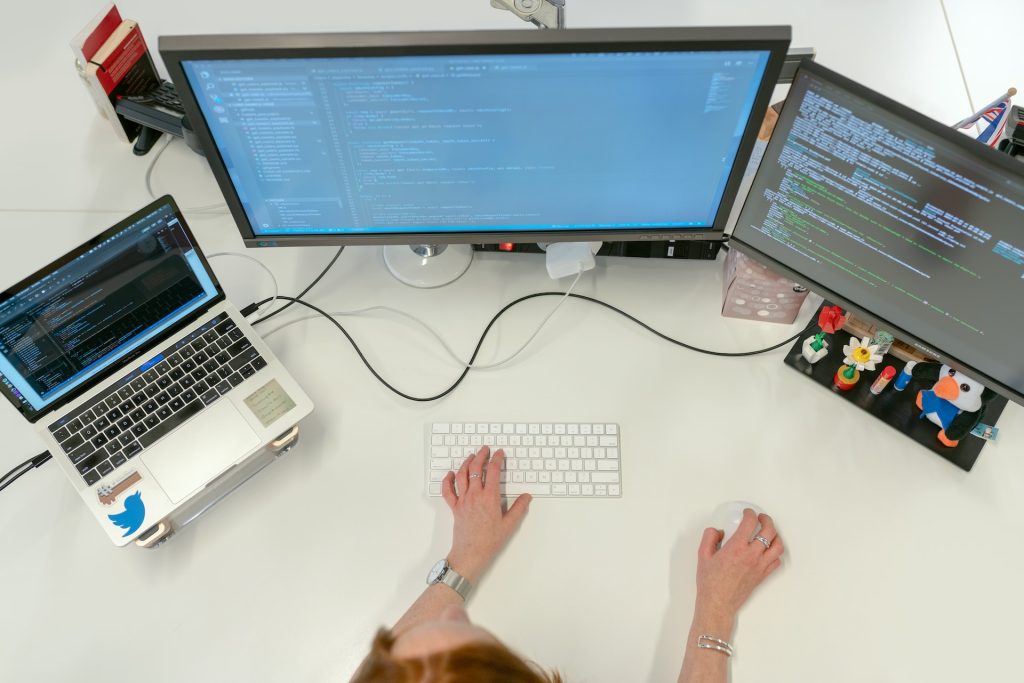Nowadays, cyber threats and data breaches pose constant dangers to companies. But one of the most effective ways to shield this from happening is by using multi-factor authentication (MFA). Today, we’ll explore the importance of implementing MFA to protect your data and the best way to do it.
What is Multi-Factor Authentication?
Multi-factor authentication provides an extra layer of security beyond just a username and password. It requires users to provide two or more verification forms before granting access to an account or system. These factors typically fall into three categories:
- Something you know: Such as a password or PIN.
- Something you have: Such as a smartphone, security token, or smart card.
- Something you are: Biometric identifiers like fingerprints, facial recognition, or iris scans.
Strengthening Security with MFA
Passwords can be easily compromised through phishing attacks, brute force attempts, or data breaches. MFA alleviate these risks by adding an additional layer of authentication, making it significantly harder for attackers to gain unauthorised access even if they do manage to obtain login credentials.
How to protect yourself from account takeover?
Account takeover (ATO) attacks, are where cybercriminals hijack user accounts to carry out malicious activities. MFA acts as a formidable barrier against ATO attempts by requiring attackers to provide additional proof of identity beyond stolen credentials.
Contrary to common misconceptions, MFA doesn’t necessarily equate to inconvenience. With the rise of user-friendly authentication methods like biometrics and push notifications, MFA can actually streamline the login process while ensuring robust security.
Implementing MFA Best Practices
- Select authentication factors based on your organisation’s security requirements and user preferences. A combination of factors that offers a balance between security and usability is ideal.
- Provide comprehensive training to users on the importance of MFA, how to set it up, and recognise suspicious login attempts. Awareness is key to fostering a security-conscious culture.
- Continuously monitor authentication logs and adapt MFA policies based on emerging threats and user feedback. Regularly review and update security protocols to stay ahead of any evolving risks.
In conclusion, multi-factor authentication is not merely an option but a necessity in today’s cybersecurity landscape. By implementing MFA, organisations can significantly reduce the risk of unauthorised access, protect sensitive data, and fortify their defences against a wide range of cyber threats.










